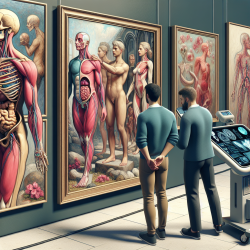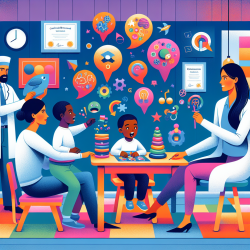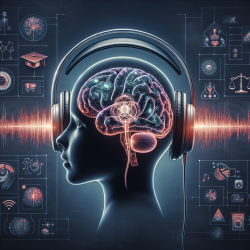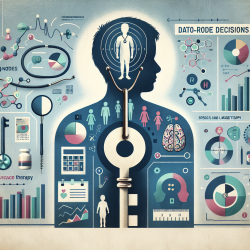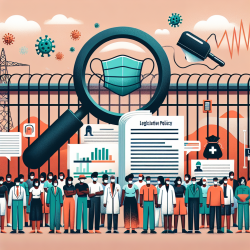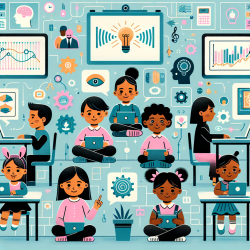Unlock the Secret: How Art Museums Can Transform Medical Education!
In the ever-evolving landscape of medical education, there is a growing recognition of the importance of integrating arts and humanities into the curriculum. A recent study titled Understanding the role of the art museum in teaching clinical-level medical students sheds light on how art museums can play a pivotal role in enhancing medical students' clinical skills and professional development.
The Study: An Overview
Conducted by H. J. Kagan et al., the study explored the impact of art museum-based sessions on third and fourth-year medical students at Johns Hopkins University. Over six unique sessions held at The Baltimore Museum of Art, students engaged in activities designed to foster human flourishing, professional identity formation, and critical thinking.
Key Findings: The Power of Art in Medical Education
The study revealed seven themes that emerged from the sessions, categorized into two overarching realms: 'form' and 'function.'
- Form Themes:
- Group Format: The collaborative group setting was found to be "really special," allowing students to navigate ideas together.
- Method: Activities like sketching and open-ended discussions enabled students to explore their feelings in a structured way.
- Setting: The museum space was described as "sacred," providing a much-needed break from the usual learning environment.
- Objects: Artworks served as a comfortable medium to discuss sensitive topics, drawing parallels with patient interactions.
- Function Themes:
- Appreciation of Others: Students valued diverse perspectives, which helped them understand themselves and others better.
- Critical Skills: The sessions enhanced students' critical thinking and comfort with ambiguity, crucial for medical practice.
- Personal Inquiry: Students engaged in deep reflection on the meaning of life and their professional identity.
Implications for Practitioners
The findings suggest that incorporating visual arts into medical education can enhance students' observational skills, empathy, and tolerance for ambiguity. As a practitioner, consider exploring similar integrative programs or conducting further research to understand the full potential of the arts in medical education.
Conclusion
The study by Kagan et al. underscores the transformative power of art museums in medical education. By fostering critical skills, personal inquiry, and appreciation of diverse perspectives, art museums can help shape well-rounded, empathetic, and dynamic clinicians.
To read the original research paper, please follow this link: Understanding the role of the art museum in teaching clinical-level medical students.
